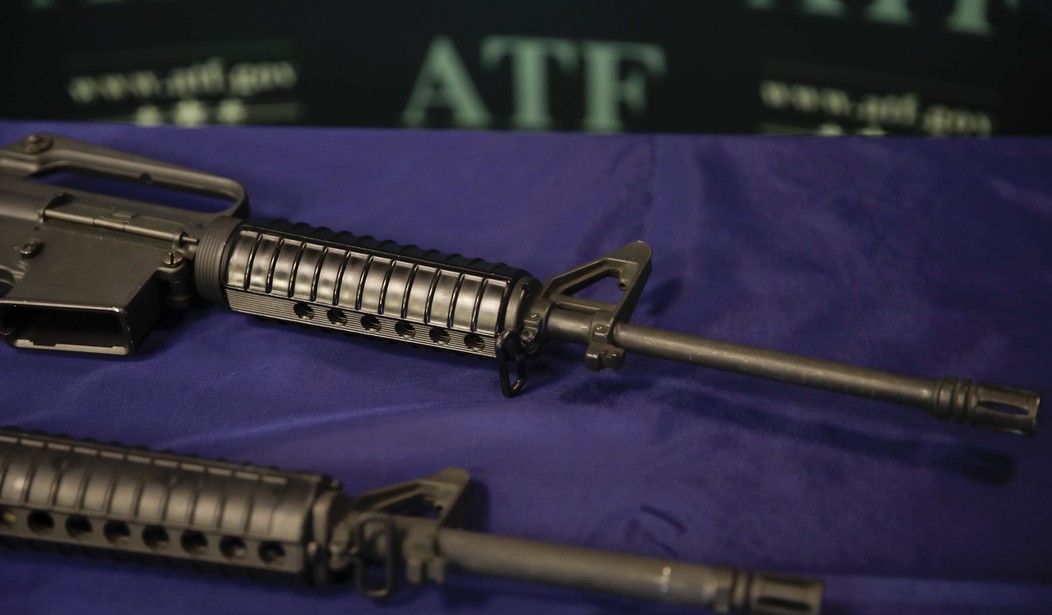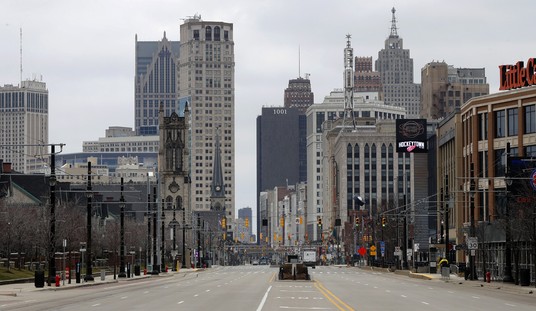I don’t remember when I first bought the less than 90 percent AK receiver kit, but it was more than 15 years ago at least. That with a parts kit and a bunch of buddies in a backyard workshop resulted in me having my very first AK-pattern rifle.
Today, it would be called a “ghost gun.” Back then, it was just a backyard build.
Yet also today, these kinds of guns are a huge problem, or so an editorial would have us believe.
Ghost guns are dangerous and should be illegal.
Any gun, in the wrong hands, is a real and present danger.
It does not matter that ghost guns, weapons without traceable serial numbers built from kits ordered over the Internet, are illegal in several states.
They are largely unregulated and end up on the streets and used in violent crimes.
According to the Bureau of Alcohol, Tobacco, Firearms and Explosives, the number of illegal weapons recovered by law enforcement agencies grew from 1,629 in 2017 to 19,273 in 2021 — a 1,000% increase.
The Valdosta, GA newspaper where this originated opted to use all of this to attack the state of Georgia for not having laws against so-called ghost guns.
One thing I find amusing is the fact that the ATF can give them this data now, but couldn’t when I asked a couple of years ago.
However, in all their diatribe, they failed to mention one key fact: The media is actually to blame for this, assuming for the sake of argument that the numbers are in any way accurate.
Parts kits and incomplete receivers have been available for decades. It wasn’t like I was on the cutting edge of anything when I put my AK together all those years ago, after all.
Back then, though, it was a niche hobby that was primarily enjoyed by gun people. While the odd bad guy may have made a gun back then, it was pretty rare because, again, it was a niche activity.
Then a while back, politicians and the media found out there was a way to get a gun without a background check and they freaked out. Suddenly, the term “ghost gun” came into existence. We saw wall-to-wall coverage of these firearms.
Rather than place a spotlight on the problem, this likely created the problem in the first place.
As the above piece noted, in 2017, there were only a bit over 1,600 “ghost guns.” In 2021, there were over 19,000.
The availability of the kits and the incomplete received didn’t appreciably change over that time. What did, though, was the media coverage. People who couldn’t pass a background check learned there was a way to get a firearm that would be untraceable–as if tracing is actually as useful as the media likes to claim–and started taking advantage of this opportunity.
Had the media not shined that light on it, most of the bad guys wouldn’t have known this was an option.
Yet there’s another aspect here that needs to be mentioned, and that’s the perception being presented here that if so-called ghost guns vanished entirely, these criminals would have been disarmed. That’s simply not the case. While those numbers look terrifying, it’s only a tiny fraction of the number of firearms in criminal hands.
That didn’t get mentioned, and I could spend days debunking this nonsense.
Suffice it to say that these guns aren’t the issue they’re being presented as, but any actual issues stem more from the media’s coverage of these guns than anything else.








Join the conversation as a VIP Member